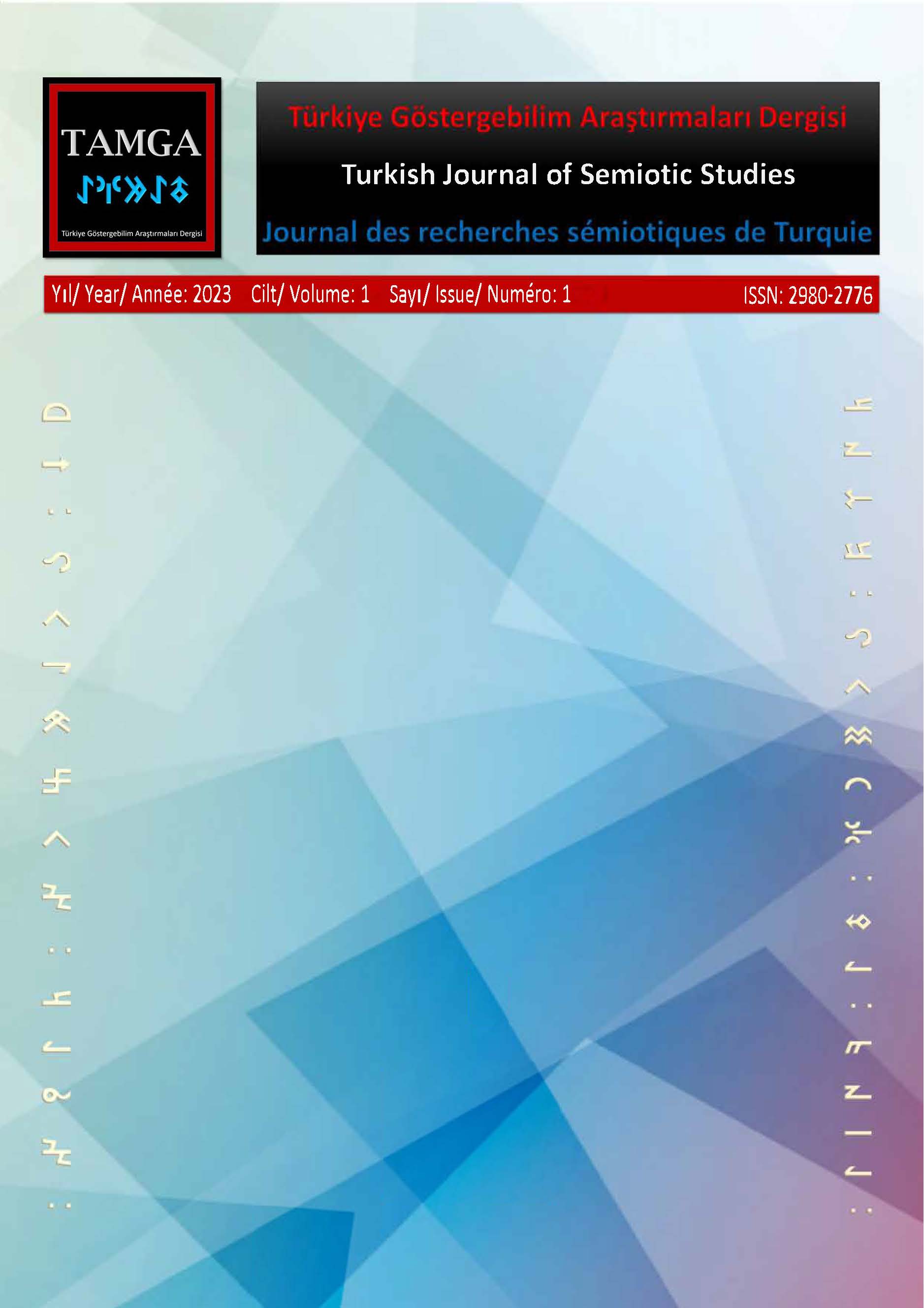L’idéologie sémiotique des deepfakes
DOI :
https://doi.org/10.5281/zenodo.8092216Mots-clés :
Deepfakes, idéologie sémiotique, faux, intelligence artificielle, Réseaux Adverses Génératifs (RAG)Résumé
L’article promeut une philosophie de la communication orientée sémiotiquement, capable de détecter les idéologies du sens qui sous-tendent les technologies de l’échange symbolique. Leur évolution au cours de l’histoire implique des changements importants en ce qui concerne la rhétorique du faux. Il s’agit d’un élément constitutif de l’espèce humaine, dont les conditions sont pourtant radicalement modifiées par le numérique et l’essor de l’intelligence artificielle. L’article se concentre sur l’idéologie sémiotique des réseaux adverses génératifs et leurs conséquences en termes de production et de réception des deepfakes. Ces nouveaux produits textuels, perturbants, sont le plus souvent considérés comme divertissants; pourtant, conclut l’article, ce n’est qu’une question de temps avant que les humains ne soient incapables de les détecter. La sémiotique est donc appelée à se concentrer d’urgence sur la « crise épistémologique » que les progrès du faux numérique est susceptible d’engendrer.
Références
Ahn, S. J.-G., & Bailenson, J. (2014). Self-Endorsed Advertisements: When the Self Persuades the Self. The Journal of Marketing Theory and Practice, 22(2), 135-136.
Andrews, E. (2003). Conversations with Lotman: Cultural Semiotics in Language, Literature, and Cognition [Toronto Studies in Semiotics and Communication]. University of Toronto Press.
Baudrillard, J. (1987). Au-delà du vrai et du faux, ou le malin génie de l’image. Cahiers internationaux de sociologie, nouvelle série, 82, 139-145.
Baudrillard, J. (2000). The Vital Illusion: The Wellek Library Lectures. New York.
Brooks, C. F. (2021). Popular Discourse Around Deepfakes and the Interdisciplinary Challenge of Fake Video Distribution. Cyberpsychology, Behavior, and Social Networking, 24(3), 159-163.
Cochran, J. D., & Napshin, S. A. (2021). Deepfakes: Awareness, Concerns, and Platform Accountability. Cyberpsychology, Behavior, and Social Networking, 24(3), 164-172.
Cooke, E. F. (2014). Peirce and the ‘Flood of False Notions’. In T. Thellefsen, B. Sørensen, & C. De Waal (Eds.), Charles Sanders Peirce in His Own Words: 100 Years of Semiotics, Communication and Cognition [Semiotics, Communication and Cognition, 14] (pp. 325-331). De Gruyter Mouton.
Di Caterino, A. (2020). Fake News: Une mise au point sémiotique [Actes Sémiotiques, 123]. Retrieved from https://www.unilim.fr/actes-semiotiques/6445
Eco, U. (1987). Fakes, Identity and the Real Thing [Special issue]. Versus, 46.
Eco, U. (1995). Faith in Fakes: Travels in Hyperreality. Minerva.
Fox, J., & Bailenson, J. N. (2009). Virtual Self-Modeling: The Effects of Vicarious Reinforcement and Identification on Exercise Behaviors. Media Psychology, 12(1), 1-25.
Goodfellow, I. J., et al. (2014). Generative Adversarial Networks. Retrieved from https://arxiv.org/abs/1406.2661
Hancock, J. T., & Bailenson, J. N. (2021). The Social Impact of Deepfakes [Special issue]. Cyberpsychology, Behavior, and Social Networking, 149-152. Retrieved from https://stanfordvr.com/pubs/2021/the-social-impact-of-deepfakes/
Leone, M. (2021). Prefazione / Preface. In M. Leone (Ed.), Volti artificiali / Artificial Faces [Lexia: International Journal of Semiotics, 37-8] (pp. 9-25). Aracne.
Leone, M. (2021). El rostro aumentado: Trayectorias tecnologicas de lo falso. In H. Valdivieso & L. Rojas Parma (Eds.), Next: Imaginar el Post-Presente: Filosofía, arte y tecnología en la cultura digital (pp. 55-76). Universidad Católica Andrés Bello.
Leone, M. (Forthcoming). Semioethics of the Visual Fake. In T. Andina & T. Dreier (Eds.), The Ethics of Digital Images [Bild und Recht, 5]. NOMOS.
Makarychev, A. S., & Yatsyk, A. (2017). Lotman’s Cultural Semiotics and the Political: Reframing the Boundaries. Rowman & Littlefield International.
Ousmanova, A. (2004). Fake at Stake: Semiotics and the Problem of Authenticity. Problemos, 66(1), 80-101.
Segovia, K. Y., & Bailenson, J. N. (2009). Virtually True: Children’s Acquisition of False Memories in Virtual Reality. Media Psychology, 12(4), 371-393.
Todorov, T. (Ed.). (1968). Recherches sémiologiques le vraisemblable [Special issue]. Communications, 11.
Tolosana, R., et al. (2020). DeepFakes and Beyond: A Survey of Face Manipulation and Fake Detection. Retrieved from https://arxiv.org/abs/2001.00179
Weisman, W. D., & Peña, J. F. (2021). Face the Uncanny: The Effects of Doppelganger Talking Head Avatars on Affect-Based Trust Toward Artificial Intelligence Technology are Mediated by Uncanny Valley Perceptions. Cyberpsychology, Behavior, and Social Networking, 24(3), 182-187.
Wu, F., Ma, Y., & Zhang, Z. (2021). ‘I Found a More Attractive Deepfaked Self’: The Self-Enhancement Effect in Deepfake Video Exposure. Cyberpsychology, Behavior, and Social Networking, 24(3), 173-181.
YoungAh Lee, et al. (2021). To Believe or Not to Believe: Framing Analysis of Content and Audience Response of Top 10 Deepfake Videos on YouTube. Cyberpsychology, Behavior, and Social Networking, 24(3), 153-158.
Téléchargements
Publiée
Comment citer
Numéro
Rubrique
Licence
(c) Tous droits réservés TAMGA-Journal des recherches sémiotiques de la Turquie 2023

Ce travail est disponible sous la licence Creative Commons Attribution 4.0 International .



